I’ve been teaching piano for more than 20 years and one of the most common questions I get from students is, “What kind of keyboard or piano do I need to take online piano lessons with you?”
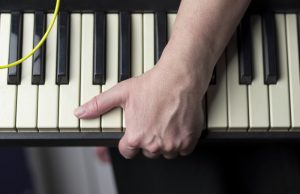 In many cases, the instrument they have is good enough to get started. If this isn’t the case and the student is a beginner, I suggest that they borrow a keyboard from a family member or buy a used keyboard.
In many cases, the instrument they have is good enough to get started. If this isn’t the case and the student is a beginner, I suggest that they borrow a keyboard from a family member or buy a used keyboard.
From a financial standpoint, it’s better to wait and see how the student likes taking piano lessons before making a bigger investment. The last thing you want is for your piano to wind up as another piece of furniture in your home.
When you are ready to make a larger investment, there are basically 2 main categories of pianos: acoustic and digital. Rather than bore you with a long list of pros and cons, check out this chart from Liberty Park Music.
Acoustic Piano |
Digital Piano |
|
| Piano Sound Quality (comparing pianos of the same grade) | Warmer, authentic sound with more room for musical expressions | The sound produced is a sound sample, which could sound like its acoustic counterpart, but isn’t as authentic |
| Tuning | Requires tuning 1-2 times a year | Doesn’t require tuning |
| Upkeep | Has to be placed in an environment of suitable temperature and humidity | No requirements |
| Price | Generally more expensive | Less expensive |
| Resale Value | Higher resale value | Value depreciates faster |
| Touch Sensitivity | Piano action mechanisms gives you better control of musical tones and expressions | Some models lack touch-sensitivity, while others have touch-sensitive, weighted keys that mimic an acoustic piano’s keys |
| Pedals | Comes with 2 or 3 pedals, including the sustain pedal | Not all models come with pedals |
| Extra Features | — | – Other instrument sounds – Recording output – Volume control |
| Portability | Heavier. Requires 2-3 people to move it | Lighter weight and usually only requires 1 person to move it |
| Space Required | More space is required | Less space required |
| Power Source | Not required | Required |
20 years ago, I would have argued that an acoustic piano is the best choice. However, after owning a digital piano for 16 years, I now lean toward going digital. With that said, if you choose to go the same direction, there are 4 features that are very important to have.
1. 88 Keys
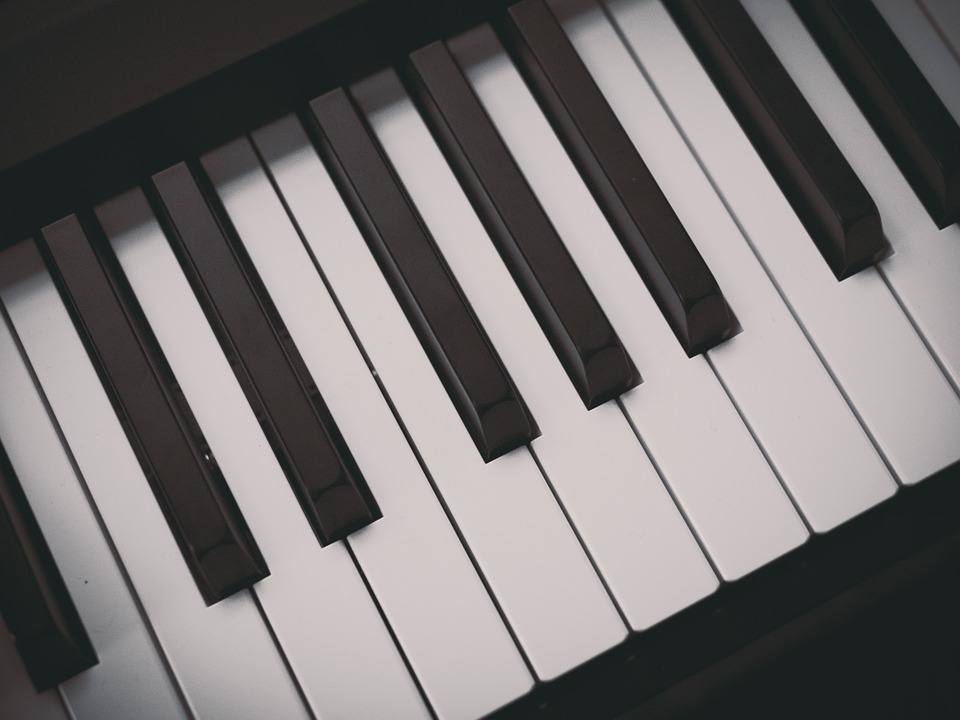 In case you didn’t know, a full piano is made up of 88 keys. You will always get 88 keys when you buy an acoustic piano, but not necessarily when purchasing a digital keyboard. Keyboards can come with as little as 25 keys, however, most have either 61, 76 or 88 keys.
In case you didn’t know, a full piano is made up of 88 keys. You will always get 88 keys when you buy an acoustic piano, but not necessarily when purchasing a digital keyboard. Keyboards can come with as little as 25 keys, however, most have either 61, 76 or 88 keys.
A beginner student can get by for a while with 61 or 76 keys but eventually will need the full 88 keys. In fact, one of the things that makes piano unique to other instruments is its range. Played correctly, both the low and high extremes on the piano can make beautiful sounds.
2. Touch Sensitivity
Touch sensitivity on digital keyboards has come a long way in the last 10-20 years. There are 3 main types of touch sensitivity.
No Touch Sensitivity. This is exactly what it says. Playing a keyboard with no touch sensitivity does not feel anything like a piano because there is no weight or resistance when the keys are pushed down. Students who learn on a keyboard that lacks this have a big surprise when they sit down and play an acoustic piano for the first time.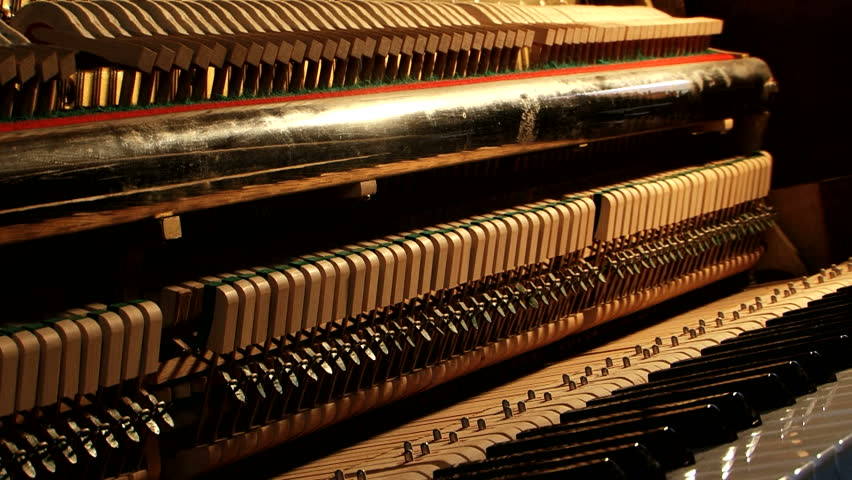
Graded Soft Touch. This is created by using rubber membranes under each key. While this causes some resistance when the keys are pushed down, it does not do the job of simulating a real piano. In fact, in my opinion, it makes the keys feel more like they have springs under them.
Graded Hammer Action. This type of touch sensitivity is accomplished by using real hammers that strike a surface inside the keyboard. This is by far the best kind of action for a digital keyboard. While nothing feels exactly like a real piano, Graded Hammer Action does a great job. This type of action allows the player to nuance the keys in order to achieve the most authentic musical expression.
3. A Simple Interface
Buying a keyboard is a lot like buying a car. It’s quite normal for a car salesman to tell you that you need the model that is loaded with every bell and whistle. He will tell you that you can’t live without heated and cooled seats and 8 TV’s throughout your vehicle. I could go on and on.
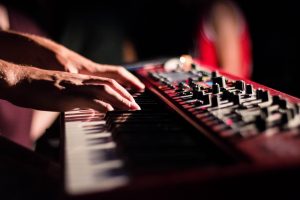 Keyboards have a lot of extra features that you most likely will never use. The most common feature is called a workstation. Basically, a workstation (also called a sequencer) is a mini recording studio.
Keyboards have a lot of extra features that you most likely will never use. The most common feature is called a workstation. Basically, a workstation (also called a sequencer) is a mini recording studio.
Before the days of recording software like Pro Tools, I would put together simple background loops using keyboard workstations. The advancement of digital technology has made sequencers almost irrelevant.
If a salesman can’t get you to buy a keyboard with a workstation, he will often begin to show you the myriad of sounds. This is because keyboards that have more sounds are generally more money.
Here’s the backstory on keyboards with 1000’s of sounds. Let me cut to the chase. You will never need or use most of the 100’s or 1000’s of sounds that come programmed into a keyboard.
Go to a Guitar Center or Sam Ash sometime and play some of their keyboards. Scroll through the sounds and see how many of them are ones you would use. There really aren’t that many.
Putting your money into getting a keyboard with 88 keys or Graded Hammer Action is a much wiser decision.
4. MIDI
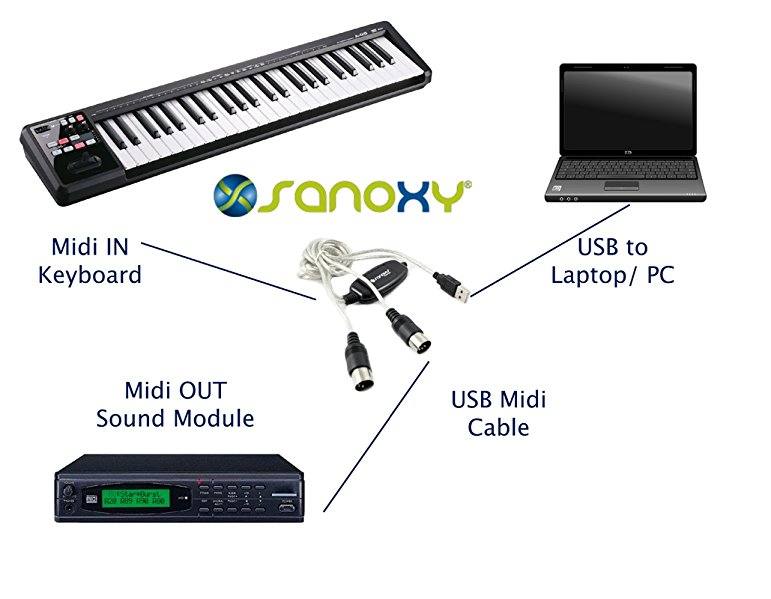 MIDI stands for Musical Instrument Digital Interface. In layman’s term, it is used to enable electronic instruments to talk with each other or another computer. How is this practical?
MIDI stands for Musical Instrument Digital Interface. In layman’s term, it is used to enable electronic instruments to talk with each other or another computer. How is this practical?
It makes it much easier to notate music.
Just about every music editing program has MIDI capabilities. Instead of clicking the mouse to create each note, MIDI allows a person to play the notes on a keyboard. As you can imagine, this saves a lot of time!
It opens up the possibility to many more usable sounds.
As I mentioned earlier in this post, you don’t need a keyboard with 100’s of sounds. However, MIDI makes it possible to connect a computer with software made up of more usable sounds to a piano keyboard.
As the sounds and styles change, it’s much easier to download new ones on to a computer instead of having to continually by new keyboards.
Whether you decide to go digital or acoustic, you may still feel like you need guidance. I’d love to help you if you need it. Feel free to touch base with me in the comments below or on social media.
Subscribe to Reynolds Piano and like us below!
Check out some of our recent posts!
3 Ways Adult Piano Students Get the Most Out of Lessons
The Sweet Reward of Making Piano Your First Instrument


